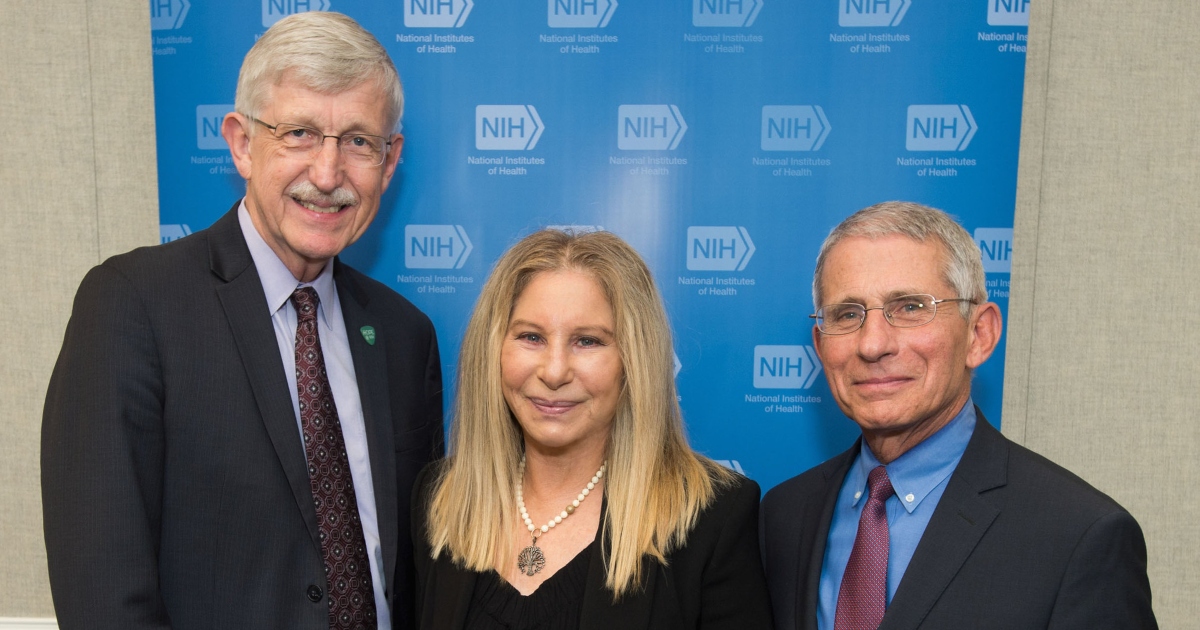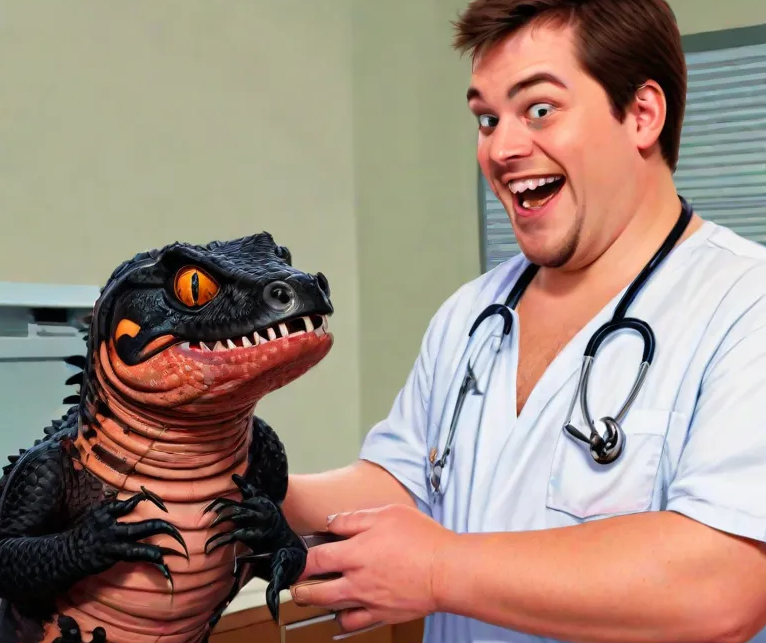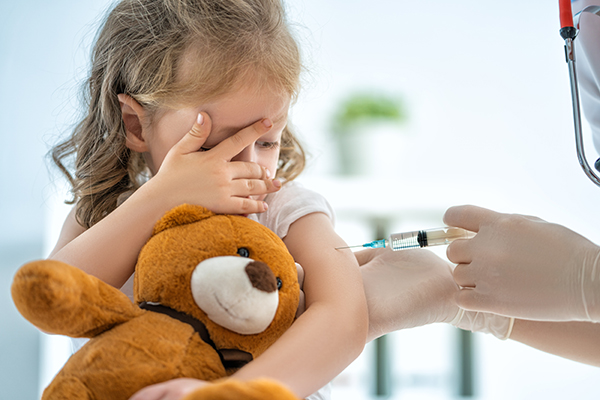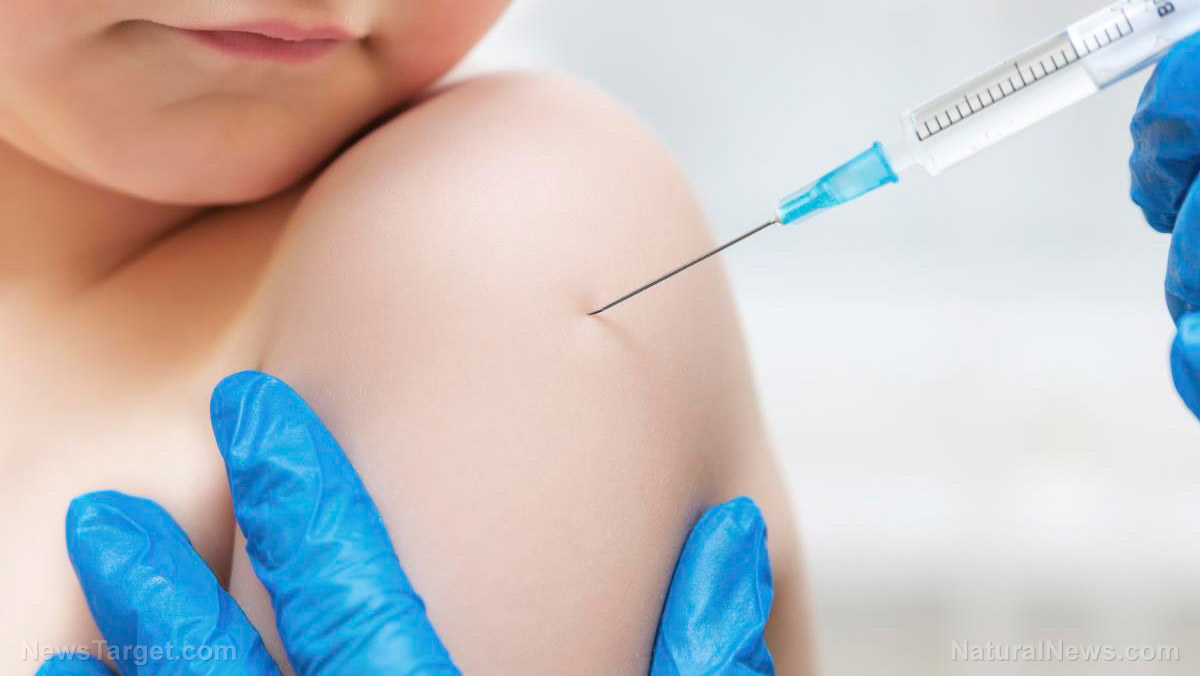
A national survey conducted by scientists from the University of Portsmouth (UP) in England has found a significantly higher concentration of microplastics around Great Britain's coastline.
The data for the research, which was aimed at building a picture of the many challenges facing British coastal waters, was collected by three teams competing in the GB Row Challenge, a 2,000-mile event that circumnavigates Great Britain. The rowers gathered data on microplastics, temperature, noise pollution and biodiversity using specialist equipment. The samples were taken to and analyzed by the UP scientists.
"Ocean pollution is one of the biggest challenges of our generation. The data collected by GB Row Challenge will greatly enhance our understanding of conditions in the seas around the United Kingdom. The equipment used to collect data during the event has enabled us to capture much smaller particles – so we have been able to get a more accurate picture of where and how concentrated microplastics are. Over time it will significantly improve our understanding of the challenging problem of microplastics in our water," said Dr. Fay Couceiro, a researcher from UP Revolution Plastics.
A previous study published in 2017 by the Centre for Environment, Fisheries and Aquaculture Science (CEFAS) found 0-1.5 microplastic particles per m3 (MP/m3) that were bigger than 0.3 mm in size. In the recent rowing challenge, there were almost 100 times more microplastics in some areas.
The scientists stressed that the big difference is due to the smaller sizes of particles that were captured in special steel filters. Nearly all of the microplastics collected by the GB Row teams were smaller than 0.3 mm.
Human knowledge is under attack! Governments and powerful corporations are using censorship to wipe out humanity's knowledge base about nutrition, herbs, self-reliance, natural immunity, food production, preparedness and much more. We are preserving human knowledge using AI technology while building the infrastructure of human freedom. Speak freely without censorship at the new decentralized, blockchain-power Brighteon.io. Explore our free, downloadable generative AI tools at Brighteon.AI. Support our efforts to build the infrastructure of human freedom by shopping at HealthRangerStore.com, featuring lab-tested, certified organic, non-GMO foods and nutritional solutions.
The initial research data also showed up to four times more microplastics in River Thames than was collected in October 2017. Microplastic samples from the Thames Estuary analyzed by Couceiro gave 121 MP/m3. Although this variance in data may be due to the different sampling locations, methods and time of year, it is also likely that the concentration of microplastics is increasing.
"There is currently no complete map of the U.K. concentrations of microplastics in our coastal waters. These comparisons really show the need for a comprehensive map of these smaller-sized microplastics and an annual monitoring method," Couceiro said. "The long-term aim is to collect these datasets for each GB Row Challenge between 2022 and 2025, which will give a great baseline for the entire U.K. and also show any changes happening over that time."
The team has also been analyzing some 376 samples of underwater marine sounds. Of those, 97 instances were identified as boats; 27 as Cetacea (whales, dolphins and porpoises); and 48 as snapping shrimp, which researchers pointed out was unusual and concerning.
Couceiro explained that hearing the snapping shrimp so far north up in the East of Scotland is of particular interest. They are normally found in more southern areas, and their movement may be an indicator of climate change and warming seas.
But scientists believe it is not just climate change that can cause disruptions to species – pollution events and fishing can also negatively impact biodiversity. The next data collection will be during the 2023 GB Row Challenge event starting June 4 at Tower Bridge in London.
PPEs, COVID-19 medical equipment increased microplastic levels in Thames during lockdown, study reveals
Meanwhile, a separate study from the University of East London (UEL) found that the Wuhan coronavirus (COVID-19) pandemic increased the levels of microplastics in Thames.
According to the study, samples of water collected from five sites along the river between May 2019 to May 2021 found the highest levels of microplastics at 27.1 pieces for every liter during the second lockdown which took place between November and December 2020.
A total of 4,480 microplastics were found and compared to pre-COVID levels, microplastics decreased by 34 percent in the first U.K. national lockdown between March and June 2020. However, they rose by 77 percent during the second national lockdown. The lowest levels were found in May 2021.
"It was assumed that the COVID-19 pandemic would have a positive impact on the environment with less greenhouse emissions, noise, air and light pollution," said Ria Devereux, study leader and Ph.D. student from UEL's Sustainability Research Institute (SRI).
"However, increased medical equipment and personal protective equipment [PPE] usage combined with improper waste management practices, such as the reduction in recycling and growth in incineration and landfilling, led to a rise in plastic waste entering the environment."
Eighty-two percent of the microplastics found were from fibers that can be traced back to face masks and other protective equipment. One facemask has been reported to release 24,300 microplastic fibers per wash and if everyone in the U.K. used one mask daily for a year, it would produce 66,000 tons of plastic waste. (Related: Study finds MICROPLASTIC fibers from FACE MASKS lodged in human lungs.)
Visit Microplastics.news for more news related to the dangers of this pollutant.
Watch the video below that talks about Food and Drug Administration authorizing microplastics and chemicals in people's food and water.
This video is from the InfoWars channel on Brighteon.com.
More related stories:
Study: 74 Metric tons of microplastics present in coastal New Zealand city's atmosphere.
Scientists find MICROPLASTICS in samples taken near Antarctica.
Sources include:
Please contact us for more information.



















